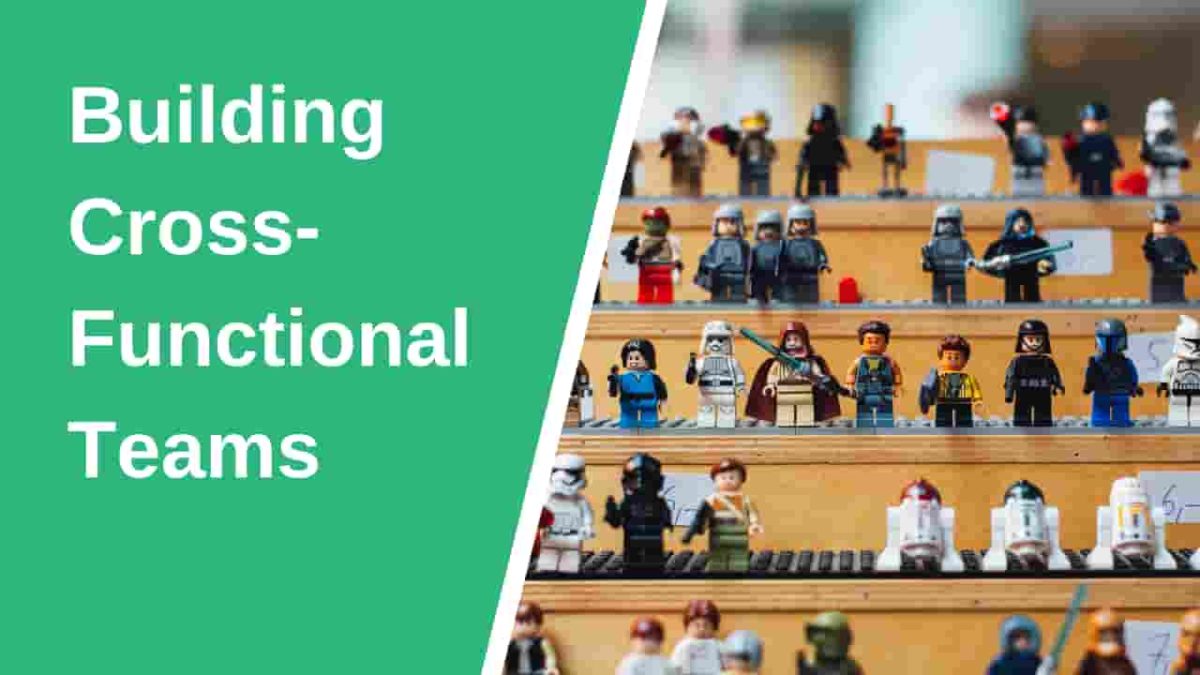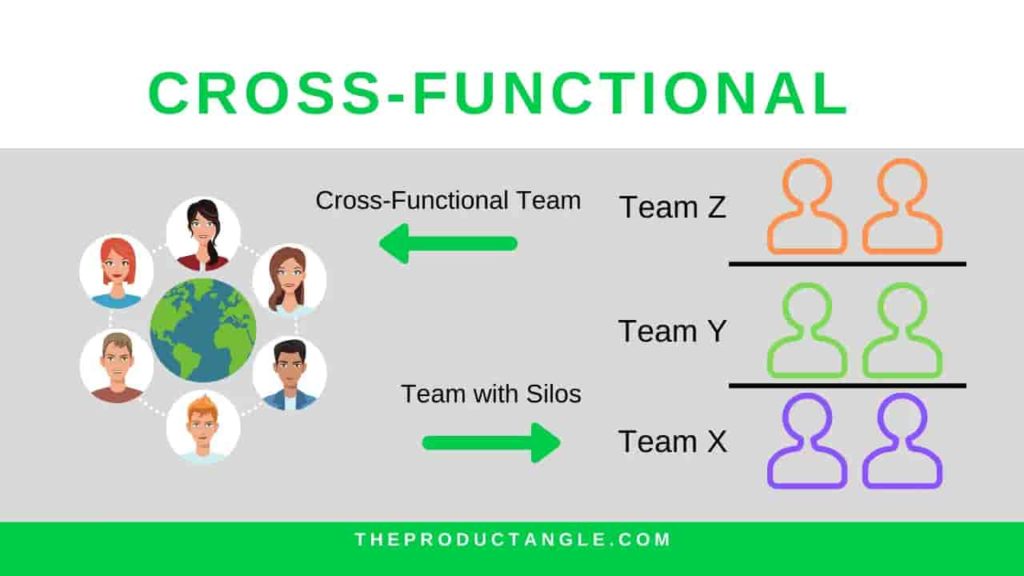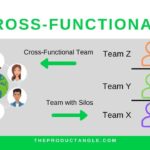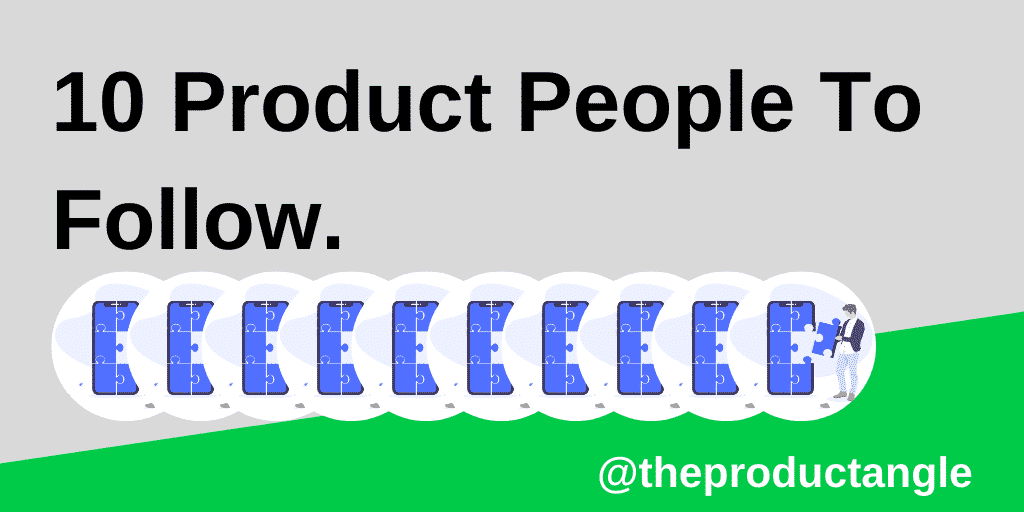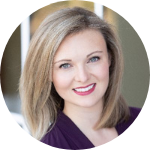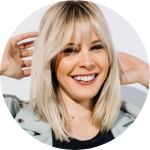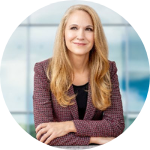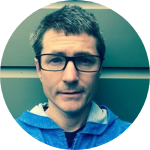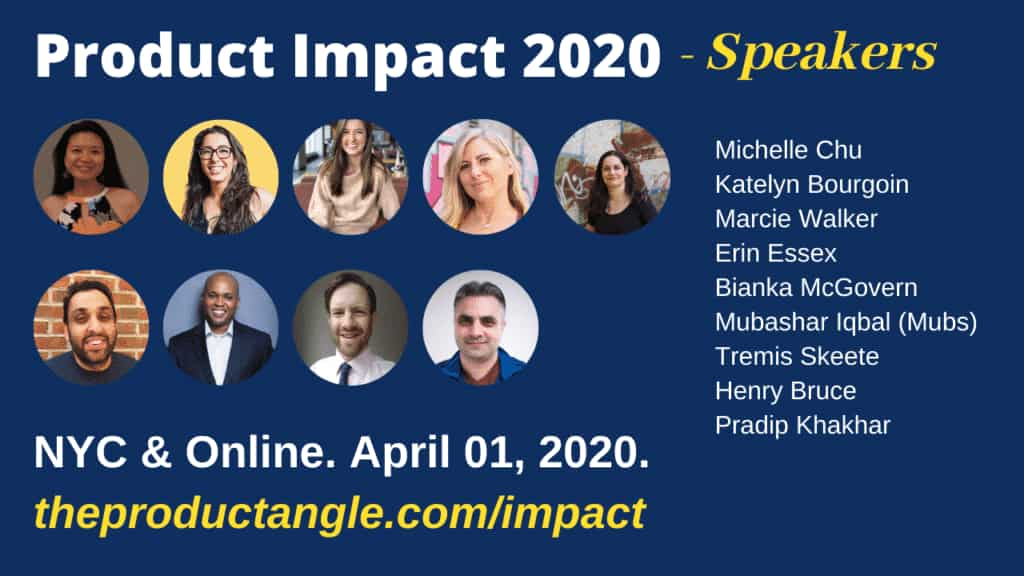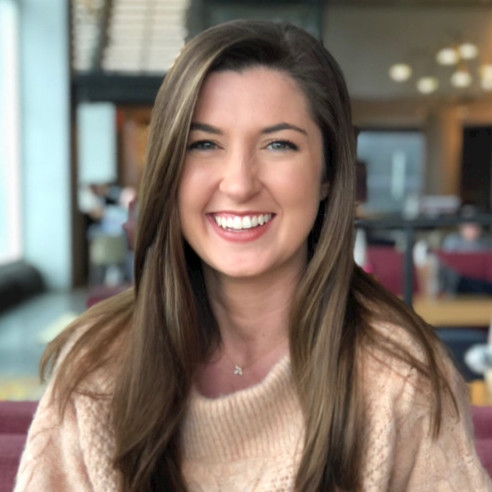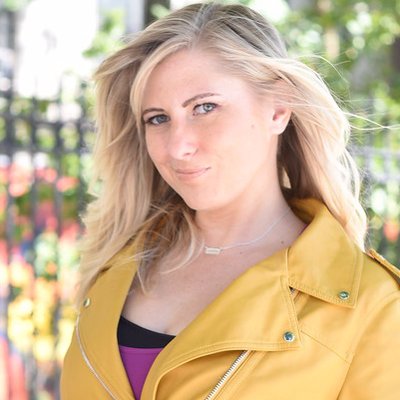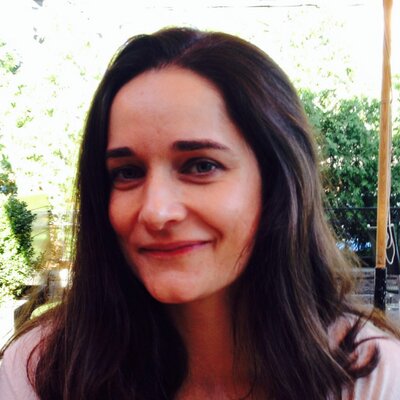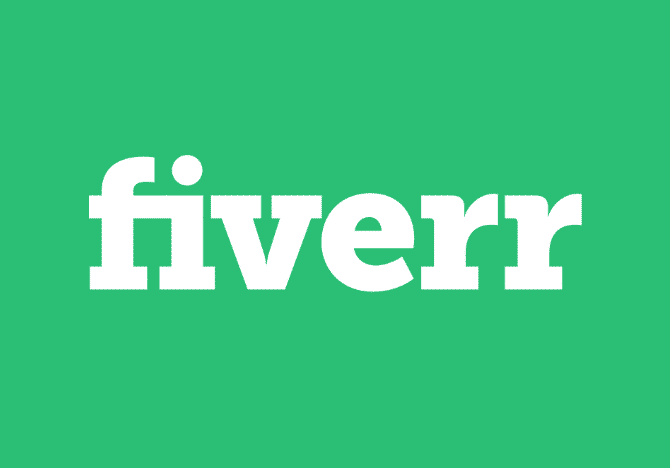Product People share their favorite resources
Working in Product, Product People are *always* on the search for resources they can use in their jobs, careers, and as they make products that people want to buy and use. However, what are the *good* resources? In this article, six Product People share their favorite resources.

We asked six people, who are either working in an organization in the product function, founders building products, or learning to build products.
We asked the following Product People three questions:
- Who they are and what they do
- What Product(s) they have worked on/ built
- Five of their favorite resources and why
Product People share their favorite resources
Zoe Chew
Hi Zoe, tell us who you are and what you do.

Hi, I’m Zoe Chew, a product builder in tech and design. Currently, I lead Product & Growth strategy at RemoteHQ.
A remote collaboration workspace based in Boston. I mainly run product strategy, hypothesis testing, analytics, and user acquisition.
I also consulted US/APAC tech startups in product communication & user base discovery. Learn more about me here.
What Products you have worked on/built?
- I Lazy to Read #1 on Product Hunt, Lifehacker & tech blogs in 7 countries.
- Food delivery marketplace prototype with Elementor and Airtable.
- Landing Page MVP.
- Habit Tracker Notion template.
- Personal finance tracker Notion template.
What are your favorite resources (and why):
- First, First Round Review blog. Covers product strategy, go-to-market strategy for early-stage companies.
- ProductPlan blog. Covers everything I need about product management, prioritization & road mapping.
- Product Hunt. Discover new product that can inspire new product ideas.
- Twitter. Not really a resource but a platform where I hang out a lot to learn about MVP, idea validation, product design, prototyping.
- Medium. A lot of great articles about product monetization, product analytics, growth hacking & product marketing.
Product Person #2 shares their favorite resources
Sergio Mattei
Hi Sergio, tell us who you are and what you do.

Hi, I’m Sergio Mattei, an entrepreneur and student. I have a passion for creating products people love.
What Products you have worked on/built?
I’m the founder of GetMakerlog.com, a community of 4,000+ indie hackers CoWork.to, a startup currently pivoting/WIP.
What are your favorite resources (and why):
- First, Twitter and Facebook (marketing and community outreach) Twitter is your number one tool for organic growth and marketing. This can also serve as a placeholder for the community site where your niche hangs out. Build strong connections there, grow your influence, and you can build a community from your product.
- Indie Hackers (like-minded people) If you’re an indie hacker, IH is a great resource where you can ask questions and see other journeys to profitability.
- GetMakerlog.com (productivity and like-minded people Makerlog is, shameless plug, the best community out there for product creators. Ask questions, share your product, and interact with other like-minded creators. We’re very supportive and friendly!
- The Lean Startup and customer discovery books Reading into the LS method and some books on value proposition building can be amazing tools. Many mistake value propositions as features when they are not. Discovering what value we can provide is a very important thing, and the first step to creating a successful product.
- Books on health and self-discovery. Your entrepreneurial journey is also one of self-discovery and self-building. Many mistake it for an endless grind; it is, in some ways. But we can’t forget that we are human. Remember your health, learn a lot, and take breaks often. Don’t burn yourself out!
Product Person #3 shares their favorite resources
Manosai Eerabathini
Hi Manosai, tell us who you are and what you do.

Hi, I’m a PM at Google — based out of the Cambridge office.
Before Google, I built music tech and enterprise email products at Vevo and Microsoft. I love new product development and working on 0 to 1 projects, whether enterprise or consumer-focused. In my spare time, I love to travel and play basketball
What Products you have worked on/built?
Exchange ActiveSync (mail sync protocol for Microsoft enterprise/consumer email), client apps for music video streaming/live streaming while at Vevo (iOS, Android, TV, web), enterprise marketing software at Google
What are your favorite resources (and why):
- First, the 1:1. I am a firm believer that 1:1 in-person or video conference meetings are a great method of communication. There is so much room for misinterpretation and not assuming positive intent in written forms of communication. Moreover, there is nuance in tone, context, style, etc. that simply cannot be conveyed fully. Whenever you find yourself in a frustrating situation or struggling to understand how to “get through” to someone see if you can reach out and broker a private conversation. You’d be surprised how effective it can be to just hear directly from someone through spoken words.
- Peer mentor. Learning from peers is an invaluable resource no matter where you are in your PM career journey. It’s great to have strong managers and leaders to support you. But it’s also critical to have a safe space with someone you look to more as a peer. Someone you can bounce your ideas and thoughts around with, in a way that you both are learning from each other. This peer “mentor” doesn’t have to be so formal. It can literally be other PMs on your team, or in different spaces. But the key is that it’s someone who can empathize with being in your shoes, and someone that you can be vulnerable around.
- Worst fears empathy. This isn’t as much a resource as a best practice. Learn how to understand what people’s worst fears are. I’ve found building empathy in this way is extremely durable. Knowing what someone is working to avoid is as important as understanding what motivates them. You’ll find yourself unknowingly being more empathetic once you have identified this. How do you identify it? I’ve sometimes found the best way to do so is to just ask: “what’s the worst-case scenario you want to avoid on this launch? what’s your biggest concern? etc.
- Back to basics (PM 101). Even when I’m not actively recruiting, I do like to brush up and stay on top of my “fundamentals.” Sometimes this may mean picking up Cracking the PM and going through some chapters on common frameworks, hacking on a side project, or writing some queries to dive deeper into my data. There’s no single answer. But the key is to tap into the basics of product management, what we could otherwise refer to as the theory. Why is this important? This change in perspective to go back to the books can bring new insight into whatever product/feature you are otherwise obsessing over.
- Twitter. There are many, many smart product individuals active on Twitter. It’s invaluable to follow them and just have a pulse on the ground. Even better, these active communities are a space where you can exercise having strong opinions, loosely held. However, don’t be afraid to share your own thoughts, analysis, opinions and join the conversation. That’s the best way you will learn. I don’t have a particular list that I recommend so here are a few to get started:
More resources
Product Person #4 shares their favorite resources
James Kenny
Hi James, tell us who you are and what you do.

I craft software and build products. With a love of coffee and some photography thrown in. I also blog at serversncode.com
What Products you have worked on/built?
Currently, I split my time between working on my own products and helping other people build their own.
Some of my Products (so far).
These are some of the products I have taken from an idea into customer discovery, built and launched on the internet over the years.
- Extractorapp.com – Now shut down. This was a product I built for converting datasets from one format to another. It would take a CSV of products and convert it into a Shopify import file. It was fully automated once you had created a mapping. You just uploaded or emailed the file into it and it would send you back the formatted file ready for upload.
- Cloudstatus.eu – Gives you notifications of cloud outages on the infrastructure we use to build things on the internet and delivers an alert to your inbox or slack channel. It lets you subscribe to different providers and services all from the same place.
- Contentr.app – This is my latest product. It’s a content marketing tool for your social media accounts. It allows you to automate posting, auto-generate postings based on your content. It creates an auto-schedule so you can share the same content at multiple times with different texts, all this can be triggered by just publishing a new blog post.
What Products you have worked on/built?
My Essential Tools
- Pen and Paper – It’s the ultimate tool. I can really get some clarity around an idea just by writing it down into my notebook. I can try different takes, work out different user flows really easily. If it doesn’t feel right on paper I can just try something else.
- Notion – I use notion for a lot of my notes and ideas. I like to take those ideas that I had worked out on paper and then putting them into notion lets me record them so I can find them later. There is a lot of power in working through something on paper or notion, you can see other ideas or opportunities that you never thought existed.
- Trello – I have always loved the ease of a Kanban board, I’ve used it to help organize myself and my team so many times over the years. I use Trello for most of my projects now. It’s a great way to keep everything in line.
- Sizzy – This one is the newest entry into my toolset but it is a truly awesome tool. It’s a browser for web development. It allows me to view a web site, web app through multiple devices at the same time. I can test across devices so much easier now. It saves me time but also shows me how a product works on any kind of device.
Product Person #5 shares their favorite resources
Mohd Danish
Hi Mohd, tell us who you are and what you do.

Hi, 👋 I’m Mohd Danish, a 26-year-old Product Person from India. I graduated with a master’s degree in Computer Science from Aligarh Muslim University.
Right after I graduated, I was very blessed to land myself a CTO (Chief Technology Officer) position at a startup in the co-working space industry. I always wanted to build my own company of one and I was getting bored with repetitive work in Office.
Therefore, I decided to quit my role as CTO. My friends advised me to stay employed for at least one year for experience otherwise it will be hard to get a new job. I trusted my gut and followed my voice and after 10 months into the role, I quit my first job.
Finally, from there I started nomadic life inspired by some other indie makers from the internet and started to solve problems with web products.
What Products you have worked on/built?
I built 9 products in 2019 and you can find them here here. One of my recent products Public APIS got acquired by a large company and I was able to successfully exit.
On Jan 12, 2020 I launched my 10th & first SAAS project called NoCodeAPI for NoCode & Front-end developers. I plan make NoCodeAPI profitable. To learn more and follow along stay tuned here.
What are your favorite resources (and why):
- Google – for every problem or solution try it first rather than asking someone. Because it will teach you how to struggle.
- Get Makerlog – An online community to chat with other people also building products.
- Product Hunt – for sharing your products with millions of users
- Dev.to – I love the writing experience in markdown.
- Netify – For hosting your MVP for free until you get millions of pageviews.
- Twitter – for connecting with people and learn from their tweets.
- API Coding – A website I built previously to learn about and share information on API’s.
- I’ve been using Get Makerlog for almost a year now and that has really helped me get out there and try to create products just by being in contact with the community. The website is also great as it keeps me accountable and makes me want to do some work so I can log it to keep my streak up.
- For designing, I’ve been using adobe XD since it was released. The UI is clean and makes it easy to export SVGs which I tend to do a lot when creating websites. Unfortunately, I had a few hiccups with adobe and I might give Figma a try in the future.
- I use Github nearly every day and one of the first things I do when switching on the laptop is checking if there is anything that I need to do on Github. As an open-source maintainer, there are plenty of things that I need to do. We need to merge to keep our dependencies up to date, review open PRs, update or create issues and welcome new contributors.
- One app that I been using for almost two years is called Gyroscope, this app allows you to keep track of everything in your life – how many hours you slept, how many steps you’ve done, how many hours you spent on the computer, track your mood, track your heart rate, places you have visited, etc. The app allows me to quickly see where I need to improve to get a better score.
- Finally, Twitter is the social media where I am most active, I really enjoy talking and meeting new people on Twitter and it’s also a great way to keep update to whatever is happening in the tech world.
Product Person #6 shares their favorite resources
Fabio Rosado
Hi Fabio, tell us who you are and what you do.

Hello, My name is Fabio Rosado and I’m from Portugal, but I have been living in the UK for the last 7 years. I work as a flight attendant and would love to transition as a Product Person/ software engineer. I’ve been learning to build products in my free time for the last 3 years. I enjoy learning new things, reading books and contributing to open source.
What Products you have worked on/built?
The biggest product I have worked on is opsdroid, an open-source project created by Jacob Tomlinson. Opsdroid is a chatops bot and a python alternative for hubot. After contributing steadily to opsdroid, Jacob has invited me to become a maintainer for the project and I have been a maintainer for the last year and a bit.
Since I am learning the ins and outs of code, I tend to jump from project to project, a lot of times leaving them uncompleted. I got two projects that I am quite happy with. One is Find Communities Today, which is a listing of communities on slack, discord, telegram, etc. I have created this project so I could dig deeper into React and Gatsby. Working on Find Communities Today has been a great learning experience.
The other project I have created was meant to help folks that are starting the #100DaysOfCode and is called #100daysof.. When I took this challenge I found it hard to keep track of the different tasks, so I decided to use Jekyll and code a nice site that allows people to log their progress, see the streak on the calendar and even get achievements badges.
